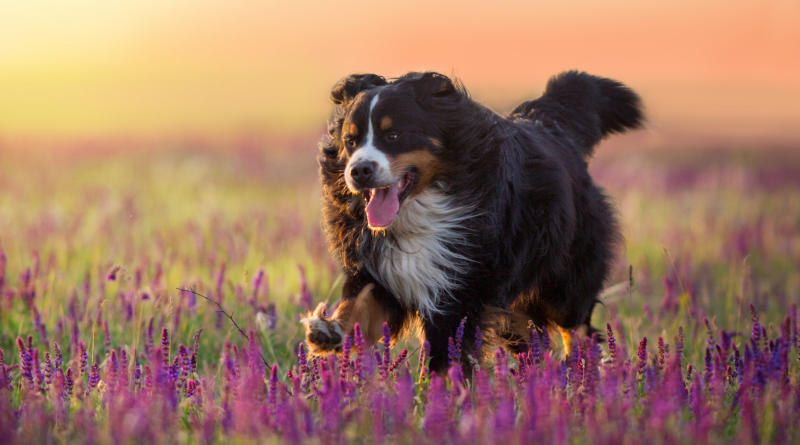Protecting Your Pets: A Guide to Toxic Plants in Spring
Spring is a beautiful season, with new blooms and lush greenery popping up all around us. However, as much as we enjoy the springtime, it’s important to remember that some plants – although breathtaking – can be toxic to our furry friends. Dogs and cats are naturally curious creatures, and they may try to nibble on or play with plants that can be harmful to them. As pet owners, it’s our responsibility to keep our pets safe from toxic plants.
Lilies
Lilies are one of the most toxic plants for cats. All parts of the lily, including the flower, leaves, and stem, are poisonous to cats. Even a small amount of lily ingestion can lead to kidney failure in cats. If you have a cat, it’s best to avoid keeping lilies in your home or garden.
Daffodils
Daffodils are a common spring flower that can be toxic to dogs and cats. The bulb of the daffodil contains lycorine, which can cause vomiting, diarrhea, abdominal pain, and even cardiac arrhythmias if ingested in large amounts. Make sure to keep daffodils out of reach of your pets, or avoid planting them in your garden altogether.
Tulips
Tulips are a popular spring flower that can also be toxic to dogs and cats. The bulbs of tulips contain allergenic lactones that can cause vomiting, diarrhea, and drooling if ingested. While the toxicity of tulips is generally mild to moderate, it’s still important to keep them away from your pets.
Azaleas
Azaleas are a popular spring shrub that can be toxic to dogs and cats. The leaves and flowers of the azalea contain grayanotoxins, which can cause vomiting, diarrhea, drooling, and even coma or death in severe cases.
Rhododendrons
Rhododendrons are similar to azaleas, and both plants are part of the same family. All parts of the rhododendron, including the leaves, flowers, and nectar, are toxic to dogs and cats. Ingestion of the rhododendron can cause vomiting, diarrhea, drooling, and even coma or death in severe cases.
Protecting Your Pets
To protect your pets from toxic plants, it’s best to keep them out of reach or avoid planting them altogether. Consider planting a non-toxic alternative.
If you suspect your pet has ingested a toxic plant, contact your veterinarian immediately. Signs of toxicity can include vomiting, diarrhea, drooling, lethargy, and difficulty breathing. If you’re unsure about the toxicity of a plant, it’s best to err on the side of caution and keep your pets away from it.
While spring is a beautiful time of year, it’s important to be aware of the potential hazards that come with it. By taking a few simple precautions, you can keep your pets safe and enjoy the beauty of the season together.

